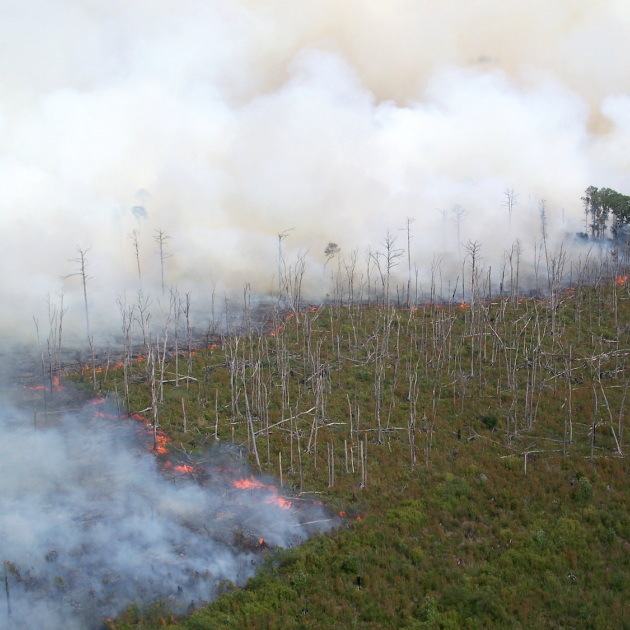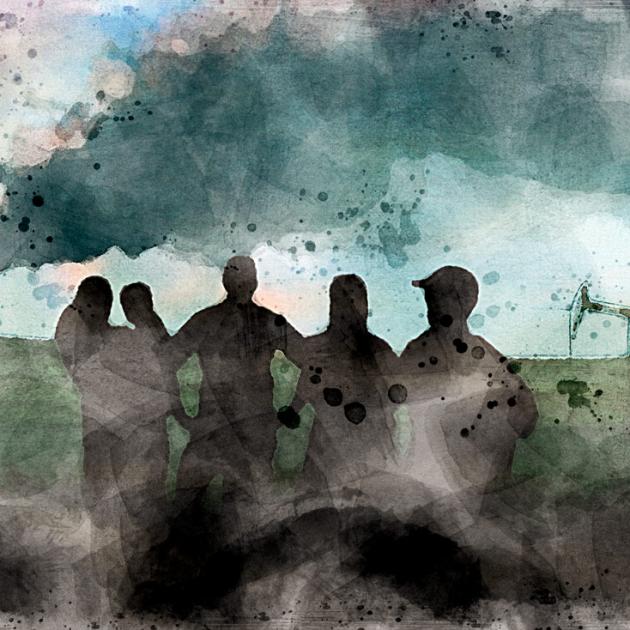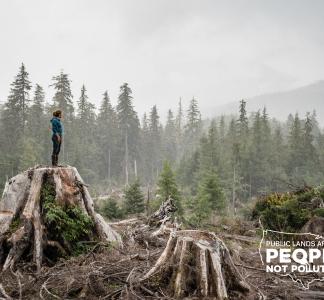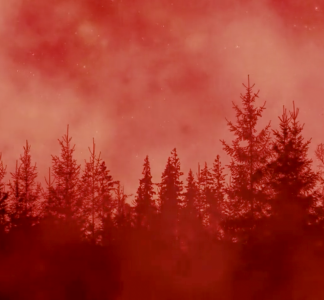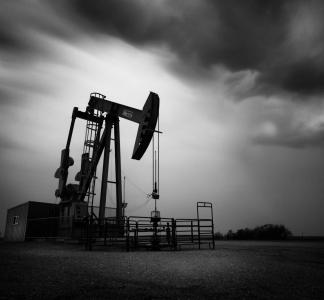Public lands are for people, not polluters
For too long, public lands have been largely managed to benefit fossil fuel industries, exposing communities to dirty air and water pollution, harming our health and contributing to the climate crisis.
But it doesn’t have to be this way. Public lands in the U.S. can and should be a critical part of the climate solution.
Here’s how we can work together to put public lands to work for people, not polluters, and reduce 25% of the country’s annual greenhouse gas emissions:
1. Phase out fossil fuel development on public lands.
The right set of federal policies could significantly reduce climate-changing emissions in less than ten years.
“The thing that I think most people have no idea of is that 25 percent of US greenhouse gas emissions are actually sourced from coal, oil or gas developed from public lands. The way public lands are managed right now is a huge part of the problem, but could become a huge part of the solution. And this is within President Biden’s control because the administration manages our public lands and water.” – Jamie Williams
2. Ramp up renewable energy on public lands.
To meet our nation’s climate goals and boost our economy, we must tap into the enormous renewable energy potential on public lands.
As we phase out fossil fuel development, we have to ramp up renewable energy in its place. Today there are fewer than 100 wind, solar and geothermal projects on public lands, while 700,000 acres of renewable energy zones sit empty, waiting for the federal government to approve projects. If utilized, these areas could meet and even exceed the nation’s climate change goals and boost economic development.
3. Protect public lands that absorb climate-changing emissions.
Carbon sinks like forests and wetlands are critical to keeping climate change in check. Protecting these important wildlands would absorb carbon dioxide and slow down climate change.
Carbon sinks like forests and wetlands are critical to keeping climate change in check. Temperate rainforests in the Pacific Northwest and Alaska can store more carbon per acre than tropical rainforests. Wetlands like the Great Dismal Swamp, are also an effective tool to fight climate change. They store as much carbon as many old growth forests on a per acre basis. Protected wildlands on public lands could maximize the absorption of carbon dioxide and avoid unnecessary release of greenhouse gases that would hinder other efforts to slow down climate change.
4. Protect interconnected landscapes that help wildlife adapt to a changing climate
To help species adapt to climate change, it’s crucial to create connections between natural landscapes--providing the infrastructure needed to allow species to respond to a changing climate.
To help species adapt to climate change, it’s crucial to remove obstacles, set up wildlife crossings and create new linkages through the restoration of natural lands. “Establishing a connected network of landscapes will require a new commitment to conservation across North America. Finding the most natural lands that serve as corridors between protected areas is the conservation infrastructure needed to allow species to respond to a changing climate.” - Travis Belote, PhD
The time is now.
Climate change is one of the most universal environmental and social justice issues of our time. The health and well-being of current and future communities, wildlife and our planet are at stake. The time has come to reimagine how public lands can fight the climate crisis and support a more just, equitable and sustainable future.
